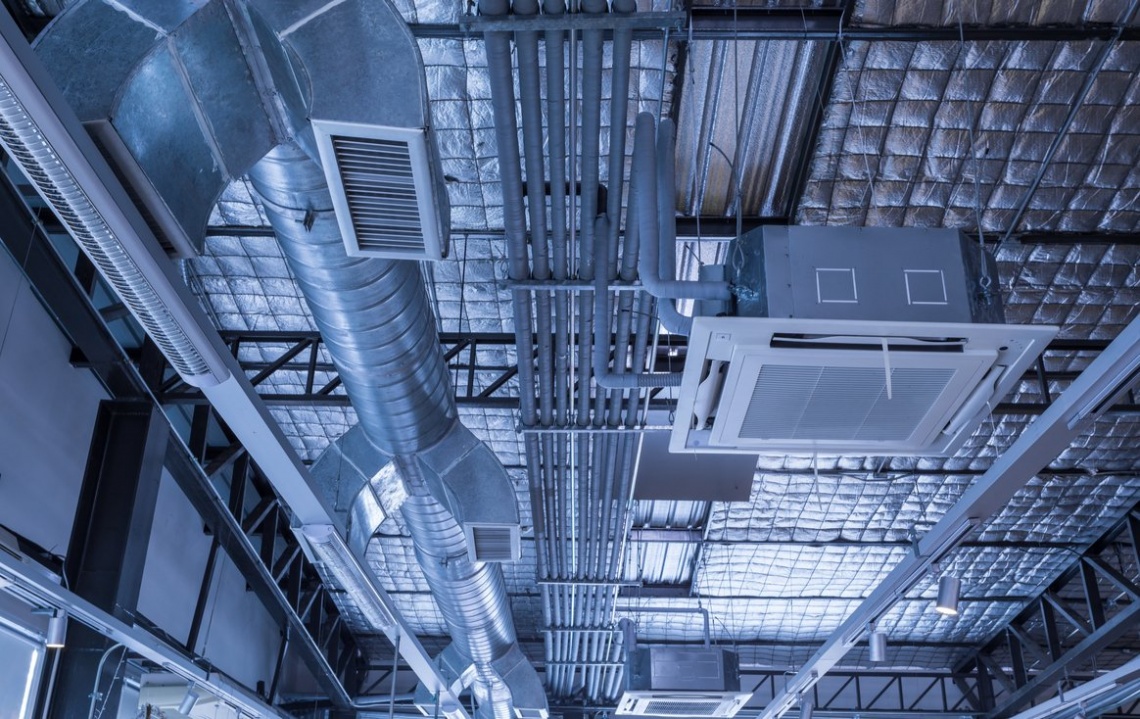Introduction
Step into a chamber heavy with humidity, cloaked in stale stillness, and you immediately sense discomfort pressing upon your lungs. That suffocating weight is the offspring of inadequate ventilation. A true ventilation system is not merely a tool of convenience; it safeguards vitality, curtails wasteful energy loss, and orchestrates an endless stream of invigorating air. In an age where humanity dwells largely within enclosed walls, the significance of these systems has magnified beyond measure.
What Defines a Ventilation System?
At its essence, a Ventilation systems is the respiratory apparatus of a structure. Like lungs drawing in crisp oxygen and exhaling impurities, it ushers outdoor freshness inward while casting away indoor pollutants, dampness, and carbon dioxide. Without this silent exchange, interior domains swiftly decline into unhealthy stagnation.
Why Ventilation is Indispensable
Pure air is not indulgence—it is survival’s cornerstone. Ventilation enriches existence by:
- Refining air: Sweeping away dust, allergens, and toxic gases.
- Regulating moisture: Restraining mold and damp decay.
- Elevating comfort: Sustained breezes sharpen alertness and heighten productivity.
That hazy lethargy you sense in a stifled room is the body’s desperate plea for oxygen and circulation.
Archetypes of Ventilation Systems
Natural Ventilation
- Cross Ventilation: Opening portals opposite one another to summon the dance of wind.
- Stack Effect Ventilation: Harnessing rising warmth and sinking coolness to kindle organic currents.
Mechanical Ventilation
- Exhaust-Only Systems: Expelling vitiated air outward.
- Supply-Only Systems: Drawing filtered outdoor breath inside.
- Balanced Ventilation: A dual force—supply and exhaust—in measured rhythm.
Hybrid Ventilation
When nature’s currents falter, hybrid mechanisms intertwine mechanical aid with natural streams, stabilizing circulation.
Core Constituents of Ventilation Systems
Behind every system lies a quartet of essentials:
- Fans and blowers—the sinews that propel air.
- Ducts and vents—the arteries channeling flow.
- Filters and purifiers—the guardians sieving dust and toxins.
- Control systems—intelligent overseers ensuring efficiency and order.
The Mechanics of Ventilation
The cycle unfolds in three unwavering phases:
- Intake—welcoming outdoor freshness.
- Filtration—stripping away grime, pollen, and chemical residue.
- Exhaust—banishing staleness back into the open sky.
Through this ceaseless rhythm, interiors remain vivified and breathable.
Residential Ventilation Systems
Domestic quarters rely upon smaller guardians:
- Kitchen and bath exhaust fans whisk away dampness and fumes.
- Heat Recovery Ventilators (HRVs) salvage warmth from departing air.
- Energy Recovery Ventilators (ERVs) balance both warmth and moisture, crafting supreme comfort.
Commercial and Industrial Ventilation
Expansive halls require mightier instruments:
- Offices: Balanced systems sustain focus and well-being.
- Hospitals: Precision filters shield against infection.
- Factories: Robust fans battle smoke, fumes, and dust.
Energy Consciousness in Ventilation
Today’s systems are designed with prudence:
- Smart sensors modulate flow as rooms fill or empty.
- Sealed ducts avert energy leakage.
- Recovery devices reclaim warmth and coolness, reducing utility strain.
Ventilation’s Role in Indoor Air Quality (IAQ)
Ventilation is the custodian of IAQ, countering:
- Allergens that awaken asthma.
- Volatile organic compounds from paints and cleaners.
- Dampness that births mold colonies.
Common Faults in Ventilation Systems
- Faltering airflow—clogged vents or sullied filters.
- Clamor and rattle—fans worn thin or ducts unfastened.
- Lingering odors—air trapped, refusing exchange.
Maintaining Ventilation Systems
Attentiveness forestalls decay:
- Swap filters every 1–3 moons.
- Call in yearly professional oversight.
- Keep vents unobstructed, allowing breath to flow unhindered.
Forthcoming Currents in Ventilation
The horizon promises innovation:
- Homes attuned with AI, autonomously perfecting air.
- Ecological craftsmanship—solar-driven fans and sustainable materials.
- Real-time monitoring via handheld devices, displaying your air’s purity.
Selecting the Proper Ventilation System
Key reflections include:
- Climate: Arid deserts demand different strategies than humid coasts.
- Scale: Vast halls warrant balanced systems, while cottages may thrive on modest designs.
- Budget: Efficiency often costs more initially, yet harvests savings over time.
Consultation with seasoned professionals ensures an impeccable match between system and space.
Conclusion
Air is not optional—it is the invisible foundation of life. A sound ventilation system invigorates health, safeguards resources, and amplifies comfort. Whether for domestic retreat or industrial enterprise, the investment in fresh breath endures as one of the wisest choices.
FAQs
- Difference between HRV and ERV?
HRVs reclaim only warmth; ERVs reclaim both warmth and humidity, proving ideal in damp climates. - How frequently should filters be changed?
Every 1–3 months, contingent on usage and local air quality. - Can ventilation dissolve odors?
Indeed, it erases the remnants of cooking, smoke, and stagnant stenches. - Is natural ventilation sufficient for expansive structures?
Rarely. Grand edifices demand mechanical systems for unwavering flow. - How to discern if a home requires a new system?
Persistent odors, excess dampness, or oppressive stillness signal that renewal is due.

Leave a Reply